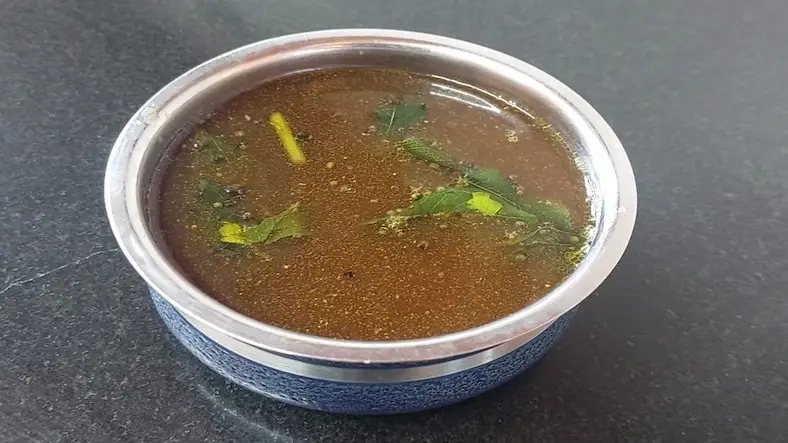Creating Epsom salt crystal shapes is a captivating and educational science experiment that allows children to observe crystal formation and learn about crystal structures.
Here's a step-by-step guide:
Materials:
- Epsom salt (magnesium sulfate)
- Water
- Heat source (stove or microwave)
- Glass or plastic containers (jars, bowls, or cups)
- String or pipe cleaners
- Pencil or stick
- Food coloring (optional)
- Scissors (if using string)
Procedure:
- Prepare the Epsom Salt Solution:
- Heat water in a pot or microwave until it's hot but not boiling.
- Gradually add Epsom salt to the hot water, stirring continuously, until no more salt dissolves. This creates a supersaturated solution.
- If desired, add a few drops of food coloring to the solution to create colored crystals. Stir well to mix.
- Cut a piece of string or pipe cleaner to the desired length for hanging the crystal. If using string, tie one end to a pencil or stick and leave the other end dangling. If using a pipe cleaner, shape it into a desired shape (e.g. a heart or star).
- Dip the string or pipe cleaner into the Epsom salt solution, ensuring that it's fully submerged.
- Hang the string or pipe cleaner over the edge of the container, making sure that it doesn't touch the sides or bottom. Use the pencil or stick to hold the string in place.
- Place the container in a cool, undisturbed location where it won't be disturbed. Allow several hours or overnight for crystals to form.
- Once the crystals have formed to the desired size, carefully remove them from the solution. Gently pat them dry with a paper towel.
- Display the Epsom salt crystals in a sunny spot where they catch the light. Admire the beautiful shapes and colors.
Explanation:
As the Epsom salt solution cools, the solubility of the salt decreases, causing the excess salt to come out of the solution and form crystals. These crystals adhere to the string or pipe cleaner, gradually growing in size over time.
Tips:
- Experiment with different shapes and sizes of containers to create a variety of crystal formations.
- Encourage children to make observations and document the crystal growth process in a science journal.
- Discuss the science behind crystal formation and how it relates to the concept of saturation and solubility.
This experiment not only provides hands-on experience with crystal formation but also encourages creativity and curiosity in children.
Thanks for reading the article, for more Science and Technology related articles read and subscribe to peoples blog articles.















